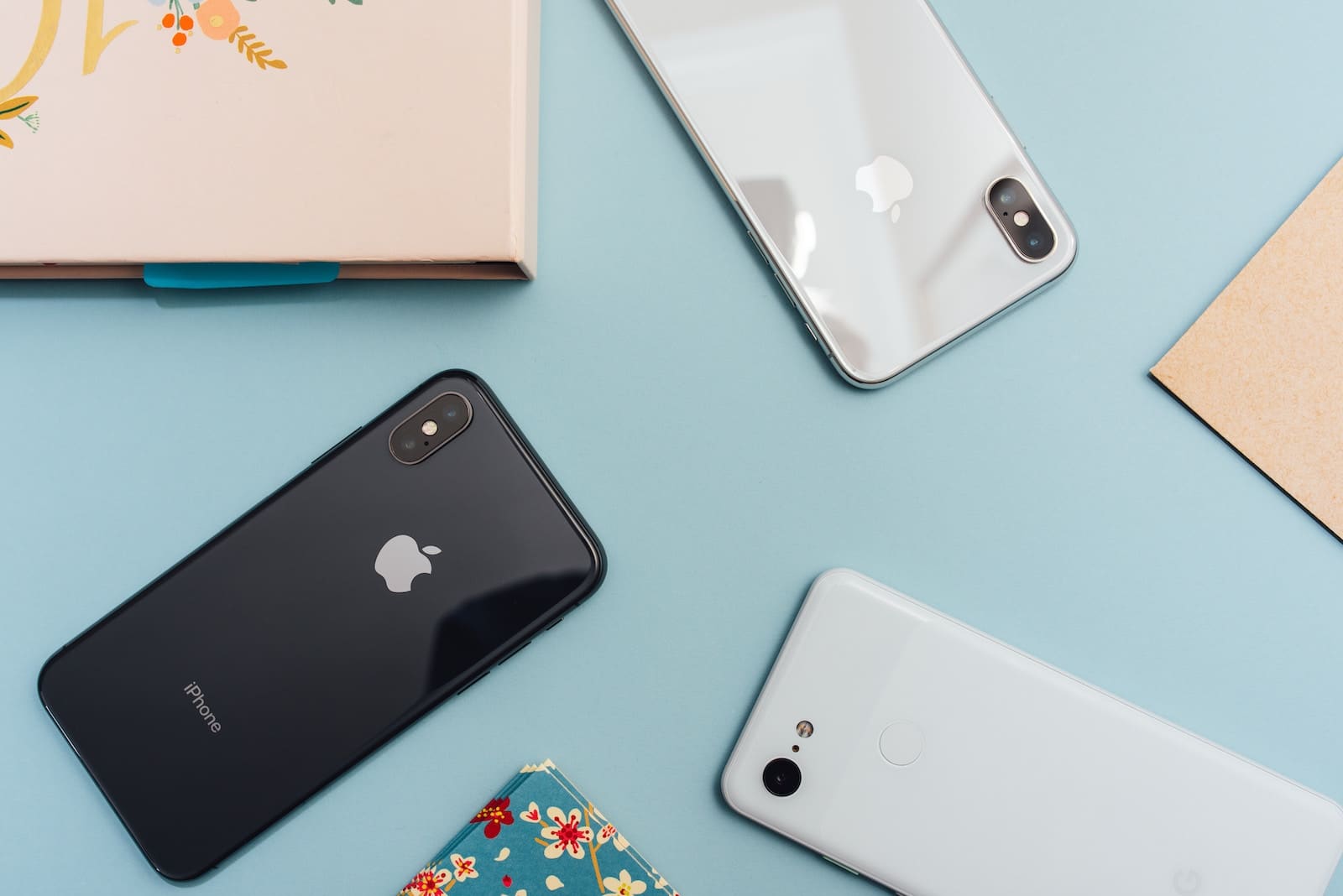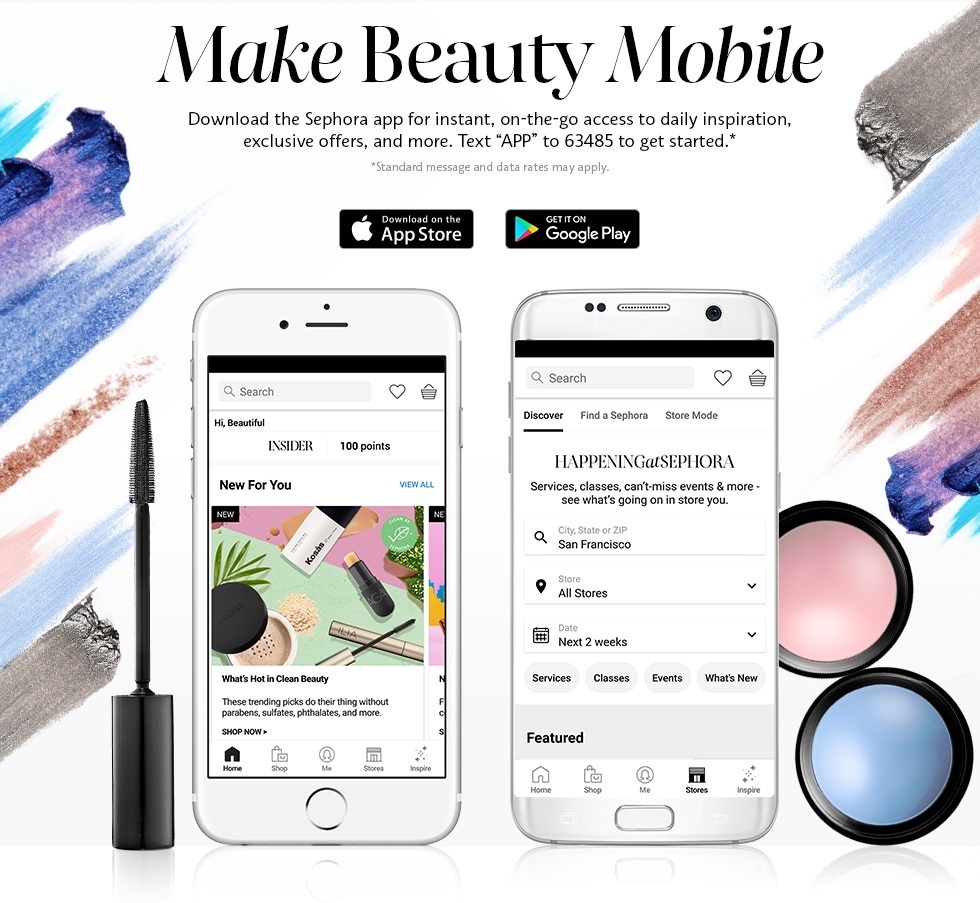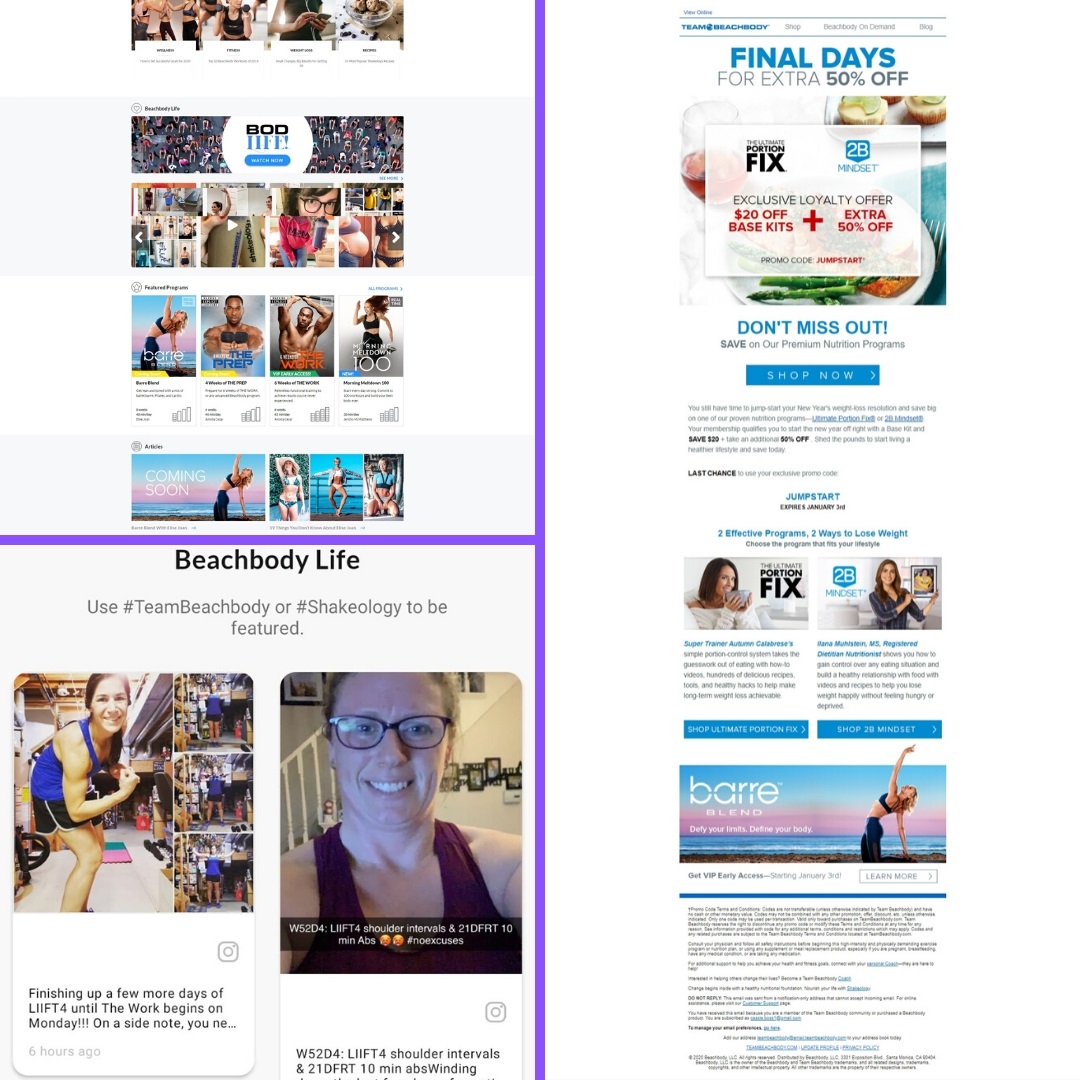Technology is a wonderful thing, especially for marketing teams. Not only does it provide you with hundreds of options in marketing channels, but it also allows you to broaden your reach. With these changes in technology, marketing teams want to make sure they’re making the most out of their strategies, and one way to do that is by implementing omnichannel marketing strategies for 2020 and beyond.
Omnichannel marketing strategies are showing great promise for those looking to increase their online customer reach. It also shows potential for those looking to increase sales and customer retention. Studies have stated that omnichannel marketing provides an increase in purchase frequency by 250%. It’s also shown a 90% higher overall customer retention rate.
To reap the rewards of omnichannel marketing strategies for 2020, you need to make sure you understand what this type of strategy is. Then, you’ll want to know how to start building one for your team, and that requires knowing the components.
Defining omnichannel marketing strategies for 2020
Omnichannel marketing is a strategy that isn’t exactly new; however, it’s often confused with multichannel marketing. This confusion then leads to incomplete strategy creation and a lack of results.
The difference between omnichannel marketing and multichannel marketing
To help clear up any confusion, you and your team must take a moment to clarify the difference between an omnichannel marketing strategy and a multichannel marketing strategy.
Multichannel marketing is a tactic that utilizes several different marketing channels. These channels are used as various means of communication between you and your targeted audience. Channels can include:
- SMS text messages
- Email marketing
- Android or iOS app for mobile phones/tablets
- Social media
- Search engine marketing and more
In multichannel marketing, these channels are all used independently from one another. This means that these channels are simply there to provide a means of communication. It also means that they’re treated as separate entities altogether.
Omnichannel marketing also utilizes multiple marketing channels. That’s where the primary confusion between omnichannel and multichannel marketing comes into play. What makes omnichannel marketing different is that each of the channels used in this strategy is connected into a single, holistic user-centric structure. That simply means that each of these channels works with one another to create a unified user experience.
Take, for instance, the Walgreens Balance Rewards program. For this program, Walgreens utilizes an omnichannel marketing approach to allow its customers to:
- Access their personal information
- Make purchases
- Check rewards points
- Refill prescriptions and more
They can do this from several different channels, including:
- Mobile devices (thanks to the Walgreens app)
- SMS text messages for prescription updates
- Online through their website
- In-store
- Email reminders
Source: Walgreens
Walgreens provides a one-stop-shop for all their customer’s needs, thanks to their omnichannel marketing strategy. Setting up a strategy of your own isn’t nearly as difficult as you may think.
Components of an omnichannel marketing strategy
Understanding what makes up an omnichannel marketing strategy for 2020 and beyond is essential to the creation process, so take a few moments and review our notes on what makes up an omnichannel marketing strategy.
Proper marketing channels are essential to creating the optimal omnichannel experience. While those with a multichannel approach may simply pick a handful of channels to work with, an omnichannel approach requires careful consideration.
This means knowing not only who your targeted audience is, but where they’re spending most of their time. It also requires knowing which channels they prefer when it comes to interactions with their favorite brands.
Source: Statista
You also have to take into consideration your online and offline presence. For instance, if you own a brick-and-mortar storefront, how will you best be able to include different channels into your strategy? How will these channels encourage visits to your store?
When choosing the right channels, you’ll want to consider several possible combinations of popular channels, including:
- SMS text messaging
- Content marketing
- Social media marketing
- Affiliate marketing
- Search engine marketing
- In-store and more
Personalization plays a vital role in developing an omnichannel marketing strategy for 2020. Why? Because it’s expected. Consumers no longer accept the fact that brands have hundreds—if not thousands—of clients that they interact with daily. They expect a personalized one-on-one experience. The good news here is that, if you’ve already implemented proper marketing best practices, executing a personalized experience in your omnichannel marketing strategy will be seamless. Remember, the goal is to provide the right message to the right person at the most opportune time.
Channel optimization is the final must-have component of any omnichannel marketing strategy. Again, if you’ve been following digital marketing best practices, this shouldn’t be difficult to incorporate into your omnichannel marketing approach.
When optimizing your marketing channels, you’ll want to make sure you’re monitoring relevant key performance indicators to verify that you’re not only working with the right channels for your audience’s needs, but getting the most out of each one. Depending on the channel you’re using, you’ll want to make sure you’re reviewing metrics such as:
- Clicks
- Shares
- Opens
- Subscribes/unsubscribes
3 examples of omnichannel marketing strategies for 2020
In the United States alone, 213 million adults access the internet with an average of four separate devices. Of those who own multiple devices, 90% of them switch between an average of three devices to complete a single task.
While a multichannel strategy allows your audience members to access your brand through different channels, it does nothing to help simplify the process for those that move between devices. That’s why more brands are developing omnichannel marketing strategies for 2020. With an omnichannel marketing strategy in place, your consumers can seamlessly move between devices to complete their process, no matter what it is.
If you’re having a hard time visualizing this process, don’t fret. We’ve compiled a list of examples to help you get a better idea of how to incorporate multiple channels into a single user experience.
1. Starbucks
Starbucks does a wonderful job of implementing their omnichannel marketing strategy with their Starbucks rewards program. They utilize several different marketing channels to help create a simple, unified experience for participants. This ensures that their loyal customers have access to their rewards points, no matter where they are, and can reach their accounts across several devices.
Channels included in their rewards program are:
- Mobile app
- In-store
- Online via their website
Source: Delishhably
This is an excellent example of an omnichannel marketing strategy because users have plenty of options when it comes to accessing their personal information, locating shops near them, and adding money to their digital Starbucks cards.
If a user is on the go, their mobile app is excellent for finding shops or paying for a drink via your digital card with preloaded money. If you’re in store, cashiers can help you find out how much money is on your card or how many points you’ve earned toward your next reward. No matter where a member is, they can monitor their account and use their rewards with ease, thanks to the Starbucks omnichannel approach.
2. Sephora
Beauty giant, Sephora, has another noteworthy omnichannel strategy that caters specifically to their beauty insider and beauty bag members.
With their programs, members get access to insider news from the beauty industry, Sephora brand news, and access to their beauty bag account from several channels. This strategy allows users to access all this and their personal information from channels such as:
- Mobile app
- In-store
- Store website
Source: Sephora
Thanks to Sephora’s omnichannel approach, those who’ve opted into this VIP information can get it whether they’re at home simply browsing the website or they’re on the go. With email marketing, users can click on links and be taken to the Sephora app to complete an action, which helps to increase overall conversions for the brand.
The idea here is to make shopping at Sephora simple for consumers, and the brand has done an excellent job of doing just that.
3. Beachbody
Beachbody utilizes dozens of marketing channels in their omnichannel approach. One of their latest ventures is investing in their BOD life. This initiative focuses heavily on their clients, how they’re using their Beachbody OnDemand programs, and how their trainers are incorporating the programs they’re selling in their own daily lives.
They use the following marketing channels and tie them all together beautifully:
- Email marketing
- Featured content on the website
- Mobile app
- Multiple social media profiles, including Facebook, Twitter, and Instagram
Source: Beachbody
In the above example, their email marketing content features information on starting off the year with new programs and new nutritional guidelines. From there, users can click on any of the CTAs and be brought to the Beachbody OnDemand website.
On the website, they feature the programs listed in the email, as well as content from their BOD Life initiative. This section features material from both their paid trainers and their hundreds of clients who are taking the time to share their journeys via social media.
Finally, the user-generated content that;s shared in the BOD Life section online is also featured in their Beachbody OnDemand app for mobile phones and tablets.
Wrap up
Creating omnichannel marketing strategies for 2020 doesn’t have to be an intimidating process. This is especially true if your brand has already implemented marketing best practices according to the channels you’ve already chosen.
That said, when developing your omnichannel marketing strategy, you’ll want to keep these vital points in mind:
- Choose the proper marketing channels for your audience members
- Personalization is crucial to the consumer experience
- Channel optimization is an absolute must
Are you ready to take your marketing strategy up a notch? Then request your live demo of Campaign Monitor and see how we can help you amp up your marketing strategy for the new year.










